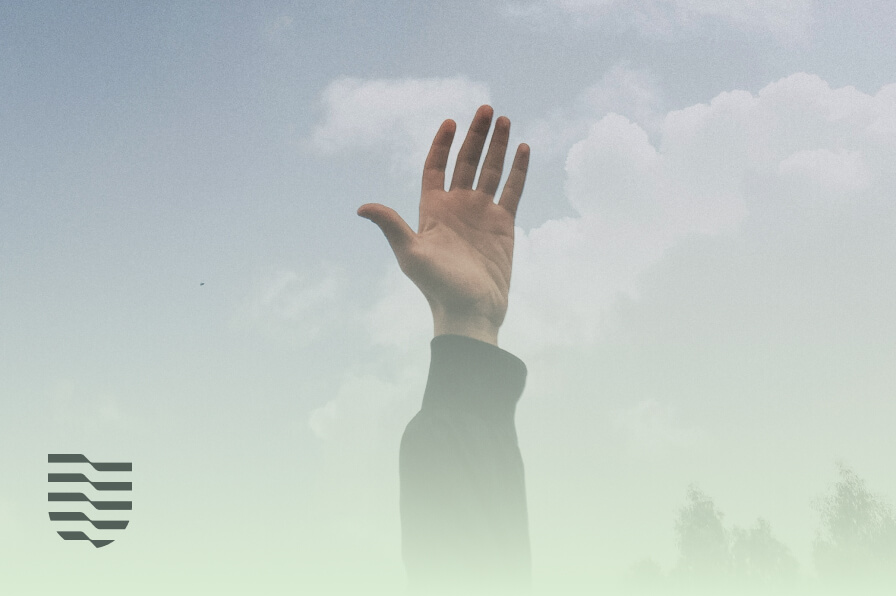Popular Generative AI startup Synthesia recently unveiled a preview of their newest digital avatar technology, which allows users to create hyperrealistic full-body animations based on their own likeness. Building on Synthesia’s foundational face avatar generator, the update enables intricate body movements, such as singing and dancing, and the expression of complex emotions like excitement and fear.
As with any promising generative AI advancements — regardless of how many safeguards, checks, and balances are put into place to avoid abuse — technology like this will inevitably see its share of misuse for misleading or nefarious purposes, further eroding users’ abilities to trust what they see in digital spaces.
Detecting Deepfakes of Full-Body Avatars
Development of full-body AI avatars has lagged behind face generators, as the technology struggles with rendering some body parts. Synthesia’s generator has previously been found to display “slicing” motions that give away the synthesized nature of the videos it generates. Despite these flaws, the model’s creators argue that the full body movements create a convincing illusion, one that will present a new leap for the AI video industry.
Given the potential for misuse, Synthesia maintains a strict policy on who has access to their technology to ensure it is used responsibly. Unfortunately, as we often see in the world of deepfakes, the strongest moderation policies rarely deter nefarious actors looking to abuse these powerful tools. While this full-body avatar update does not constitute a major breakthrough in AI and doesn’t present an alarming new challenge for deterrents, Synthesia’s product highlights the critical need for sophisticated deepfake detection tools to safeguard against the risks posed by hyperrealistic generative AI models.
Detecting Tomorrow’s Deepfake Avatars Today
Synthesia’s newest avatar generator won’t be available until later this year, but Reality Defender’s models are already capable of successfully detecting the videos it creates, consistently flagging them as AI-manipulated content. This underscores our team’s approach to detection: while our models reliably flag deepfakes created with current generative AI technologies, we are constantly researching and integrating future advances in the field, ensuring that our tools are capable of detecting the next generation of deepfakes before they reach the market.
When deepfake technology becomes more impressive by the day, as is the case with Synthesia’s cutting-edge product, the methods to detect and mitigate their potential misuse must evolve at a pace that matches the urgency of innovation. By staying ahead of the curve and continuously developing our detection methods, we can ensure that users remain protected from the threats posed by deepfakes and other forms of AI-generated content, allowing us to maintain a safer and more trustworthy online environment for all.










